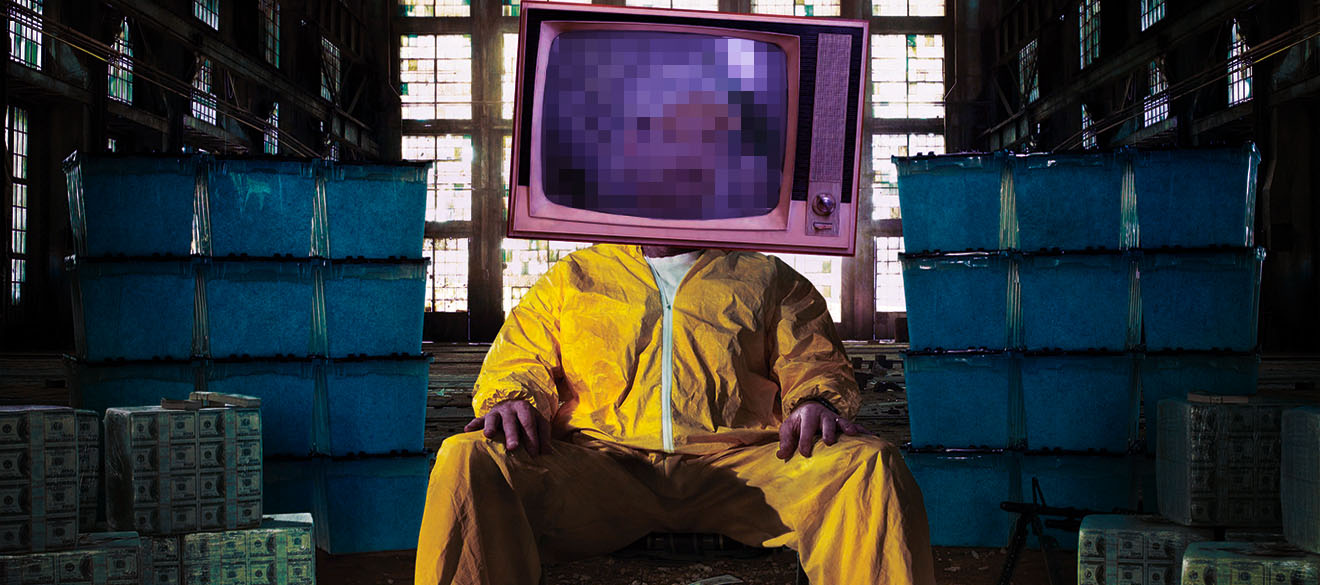So, Yes, Drugs are Bad
When you are in the relentless grip of this drug, leisure time doesn’t exist. The only thing that matters is where your next puff is coming from.
I became addicted to ice just when Breaking Bad was coming out. As I started to deal more and more, a few people mentioned the similarities between me and Walter White, the lead character in the series — a family man turned bad. But Walter White became motivated by greed alone — I just needed to pay for a $1,000-a-day habit. If I saw any episodes of Breaking Bad during those lost years, I don’t remember. But I watched it when I came out of prison, safe in the knowledge that my story would end much more happily than Heisenberg’s. That’s why my book is called Breaking Good.
While Breaking Bad is obviously fictional and dramatized, the Australian series Underbelly is much more true to life. When I got sucked into a life of crime, I would hear stories about the actions of Carl Williams, Mick Gatto or Lewis Moran, the kingpins of the Melbourne underworld. At the time, I thought it was the typical meth-fuelled bullshit that I heard every day. Then, when I watched the series, I realized it had all been true. I even knew some of the characters from my kickboxing days and once fought on the same card as Benji Veniamin. Who knows? Some of these guys could have been pulling the strings when I was shot and stabbed in my factory. My co-author of Breaking Good thinks we should create a TV series around my story and, considering my frame, suggested we call it Overbelly. No one likes a wise guy!
Before I tried meth for the first time, I was drawn — perhaps tellingly — to films about addiction to money and power. Scarface was my favorite. Al Pacino’s character, Tony Montana, rises from being a Cuban refugee with nothing to a powerful drug lord. I’ll never forget that final scene where, having been shot, Montana’s corpse falls into a fountain in front of a statue bearing the message: “The world is yours.”
More recently, I enjoyed the John Wick films, American Made with Tom Cruise and the TV series Sons of Anarchy. I may have left the world of bikies, drugs, guns and women behind, but that outlaw lifestyle will always be fascinating.
And I also enjoyed the Netflix series Inside the World’s Toughest Prisons. I know presenter Raphael Rowe, and I take my hat off to him for going into these places voluntarily, having been wrongly imprisoned himself. The series shows the massive range of ways that countries approach their penal systems. Norway, for instance, is all about rehabilitation. Russia and the U.S. are more about out-and-out punishment. But in countries like Brazil or Colombia, the prisons are almost like self-enclosed cities, with the hierarchy built around control of the black market. I found prison to be hell on earth, but Australia’s prisons are like palaces in comparison.
If I was to recommend a show that warns people away from crystal meth? That’s got to be Netflix’s Tiger King. Some crazy shit happens when this drug takes control.
Simon Fenech is the author of Breaking Good: A Harrowing Journey to Ice-Fuelled Hell and Back (Echo Publishing, $29.99). Now available at all good bookstores. And feel free to check out Dopeworld here.
Breaking Good Addendum
[This being a contribution from our Australian Penthouse friends (hence the word “bikies” for “motorcycles”), we felt like we should add that this would be available at all good bookstores in Australia. We do think BookTopia ships to the U.S., though, if you happen to live here, so that might be worth a shot. Not only did our research reveal that this dude looks a whole lot scarier than Bryan Cranston, but we were thrilled to hear that they still have book stores in Australia. Remember books that smelled like ink and paper? -Ed.]






























